8 °c Wind speed: 19.5 km/h Precipitation: 16.5 % Cloudiness: 64 % Humidity: 67 mm Pressure: 16.5 mb
The Lost Valley
Cloonamanagh
MO
Ireland
Description
Lost Valley offers a walking tour at a working farm in the gorgeous, forgotten hills south of Louisburgh. You’ll learn the area's history and the impact of the Great Famine and feed lambs.
Beyond the end of the road
Located in the farthest southwesterly bit of County Mayo, as the mountains drop toward the Killary Fjord, you'll find the Uggool Valley. Many places along Ireland's west coast claim remoteness as part of their charm, but few can claim directions that state ‘beyond the end of the road.' Indeed, there is one way in and one way out of The Lost Valley, which played more than a bit of a part in the valley's near timelessness and unchanged landscape.
The Lost Valley has remained largely untouched since the villagers were evicted and driven out during ‘The Great Famine’ in the mid-1800s. The place was inaccessible before the first road was built in 1989. Without machinery or large farming equipment, the area remained natural and largely unaffected by human intervention. However, people have lusted after priceless gems through the ages.
Located in the heart of The Lost Valley, over two and a half kilometres from the nearest public road, an extensive beach area is magnificent but quite dangerous for the unwary. Some spots are exposed to significant quicksand; high tides at the back of the beach might cut off the retreat and cover the entire area. Powerful tidal currents often result in strong rip currents at the beach. Mild conditions change dramatically, especially during high tides, so the beach is unsafe for bathing.
Indeed, despite their familiarity with the area, the Bourke family, blessed not to lose their lives on the way home, were well aware of these inherent dangers, magnified under winter conditions. Today, thanks entirely to their own efforts, there is safe access to The Lost Valley. The present owners, Gerard and Maureen Bourke, and their family became the first of their previous generations to enjoy convenient access to their home. Their predecessors had traversed the mountainside on foot to get to their valley or taken a dangerous route through the foreshore when the tide was out. Immediately upon completing the roadway in 1989, the Bourke’s were confronted with unimaginable claims of right of access organized by a national hill-walking organization based in Dublin.
The Lost Valley tour
The Bourke Family opened the place to the public in 2015 as an authentic visitor experience. Today, Gerard and his wife take visitors on a walk through time back into the valley rarely visited by its landowners. The Bourke Family offers a fully guided cultural adventure on well-developed trails suitable for all ages. The duration is approximately 3 hours. Please wear sensible footwear, shoes or trainers.
The guided tour takes you along the base of the mountains, providing a stunning view of Silver Strand and the ocean beyond. Gerard narrates and explains the heritage and history of The Lost Valley while you make the way at a relaxed pace, with frequent stops, on a well-developed looped trail along the different points of interest. Gerard allows you time to take in the scenery before you continue.
Halfway through the 5km walk, you feel you've returned in time. Ruined famine cottages sit in the shade, potato ridges lie fallow, and there is no hint of life rising from them. Several old apple trees survive near the ruined houses in the Valley. However, Nature has reclaimed its own; nowadays, semi-native woodlands of ash, oak, hazel, and rowan trees surround the houses. During the summer, the ruins are engulfed by bracken and wildflowers.
Carefully placed plaques show the location of visible landmarks—Diamond Hill and Kylemore Hill in Galway, Clare Island in the distant waters, and Mweelrea Mountain, the highest mountain in the west of Ireland, to the east—all so near yet nearly a world away from the remote valley.
Your tour ends in the cottage where Gerard's father, grandfather, and great-grandfather were born. Maureen greets you with tea and shares tales of daily life in this lovingly restored famine cottage. The family is committed to providing the highest standards of service and experience to each and every one of their guests.
A special area of conservation and cultural heritage
The Lost Valley is a national treasure of social and economic history, preserved by its remoteness and sustained thanks to eight generations of the Bourke family. It provides a unique insight into the cultural legacy of the west coast of Ireland in terms of the manner of life in the nineteenth century and the catastrophic disruptions due to the famine and its aftermath. Exposing it unprotected to the wear and tear of the modern world would destroy it quickly; once destroyed, such places can never be replaced.
The European Habitats Directive has declared the valley a “Natural Heritage Area” and, more recently, a “Special Area of Conservation” for its remarkable natural heritage. The Bourke family is committed to maintaining the valley’s preservation. As public access is strictly controlled, only one group is allowed daily. This is to guarantee the landscape's sustainable usage and protection of vulnerable ecosystems. Under this condition, traditional sheep farming can continue to build and maintain these ecosystems. Additionally, it will make every visitor appreciate the valley’s wilderness feature.
The landscape has a rich history waiting to be discovered. English landlords turned the Irish off to make the land more productive and replaced them with sheep. The pre-famine population of Uggool village was 89 people living in 17 houses. 48 famine survivors were evicted to make way for grazing sheep. The Bourke family erected the Cross in memory of the banished, lost, and forgotten, as well as those lying in unmarked graves. For over three centuries, at least seven generations of the Bourke family have walked the mountainside to their house in the valley. Here, you can travel back to when kids played in the village, now covered in hazel, bracken, and wildflowers.
On the northern border of Lost Valley Farm is the impressive Silver Strand beach, which has been classified as the third finest beach in Europe. Like the Lost Valley, the beach has previously been used as a location for films and advertisements.
Work schedule/Pricing
Family Ticket: €60, IMPORTANT: No dogs allowed
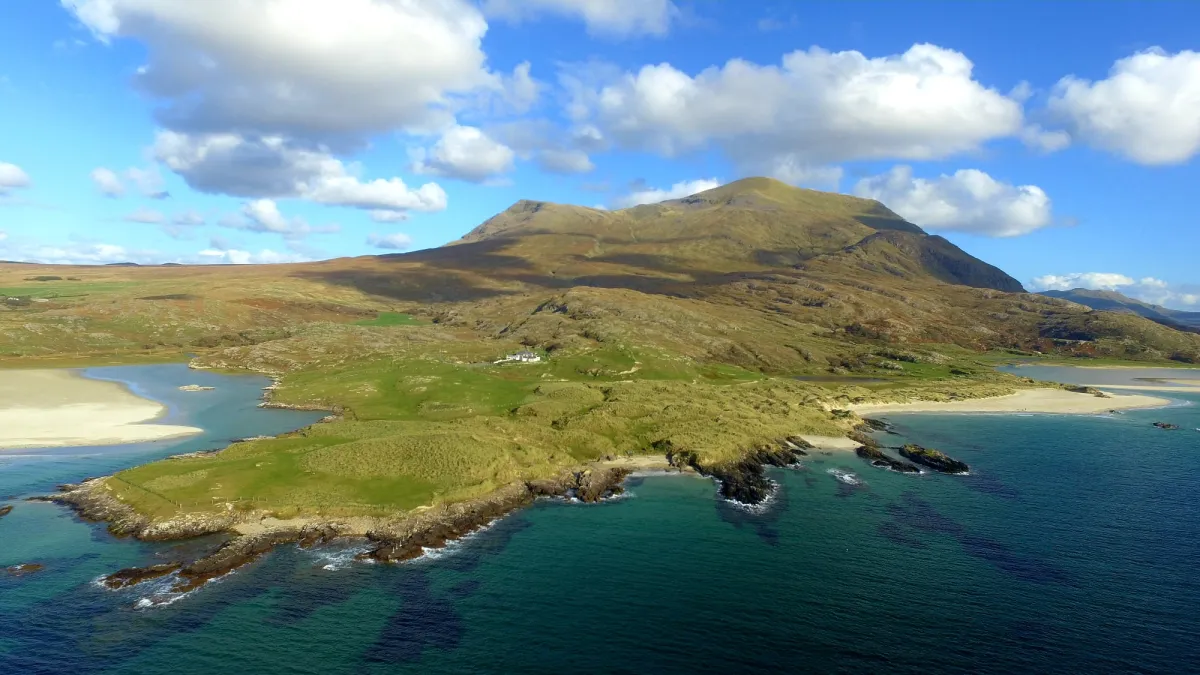
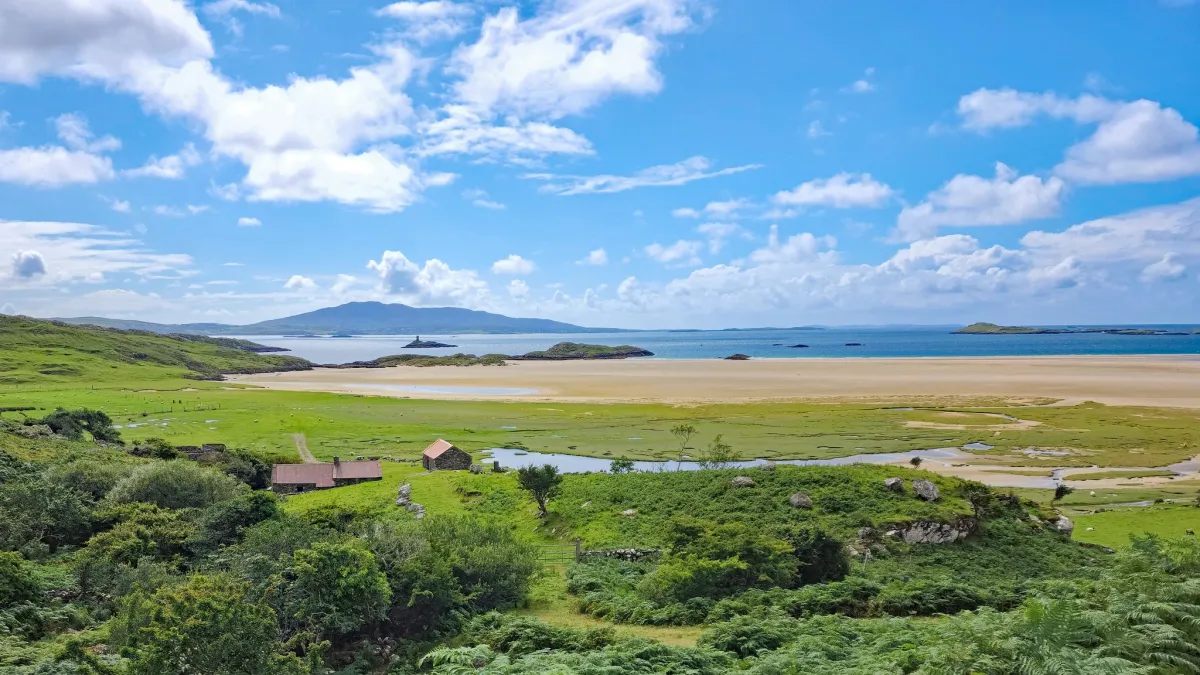
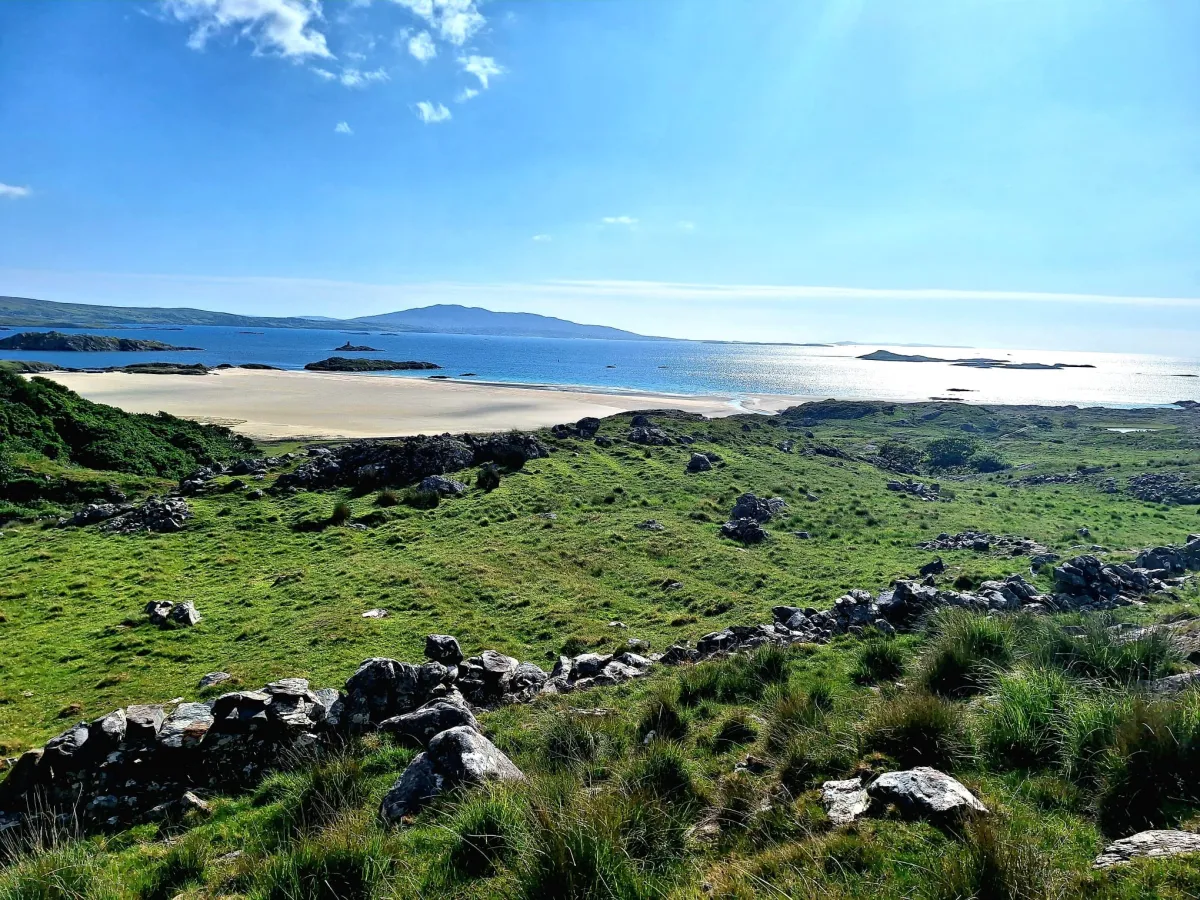
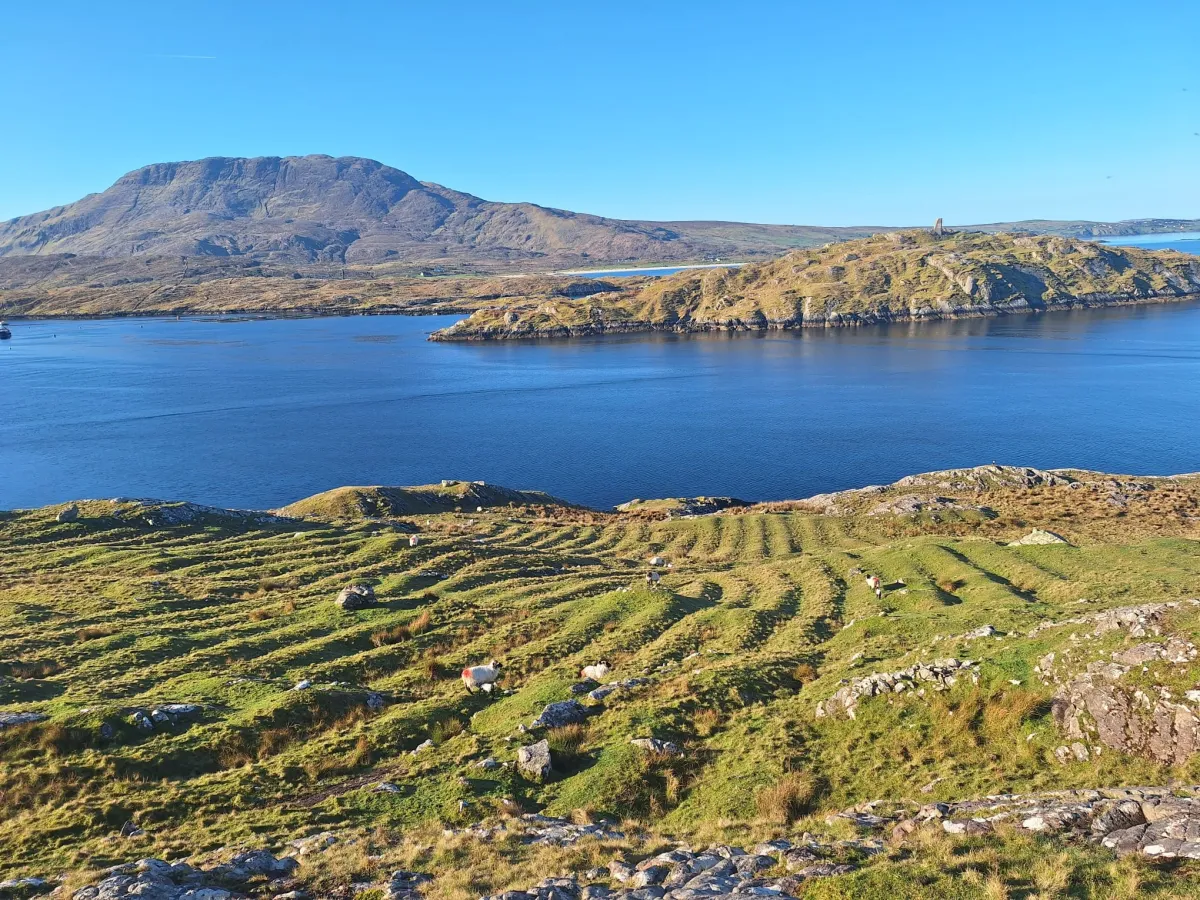
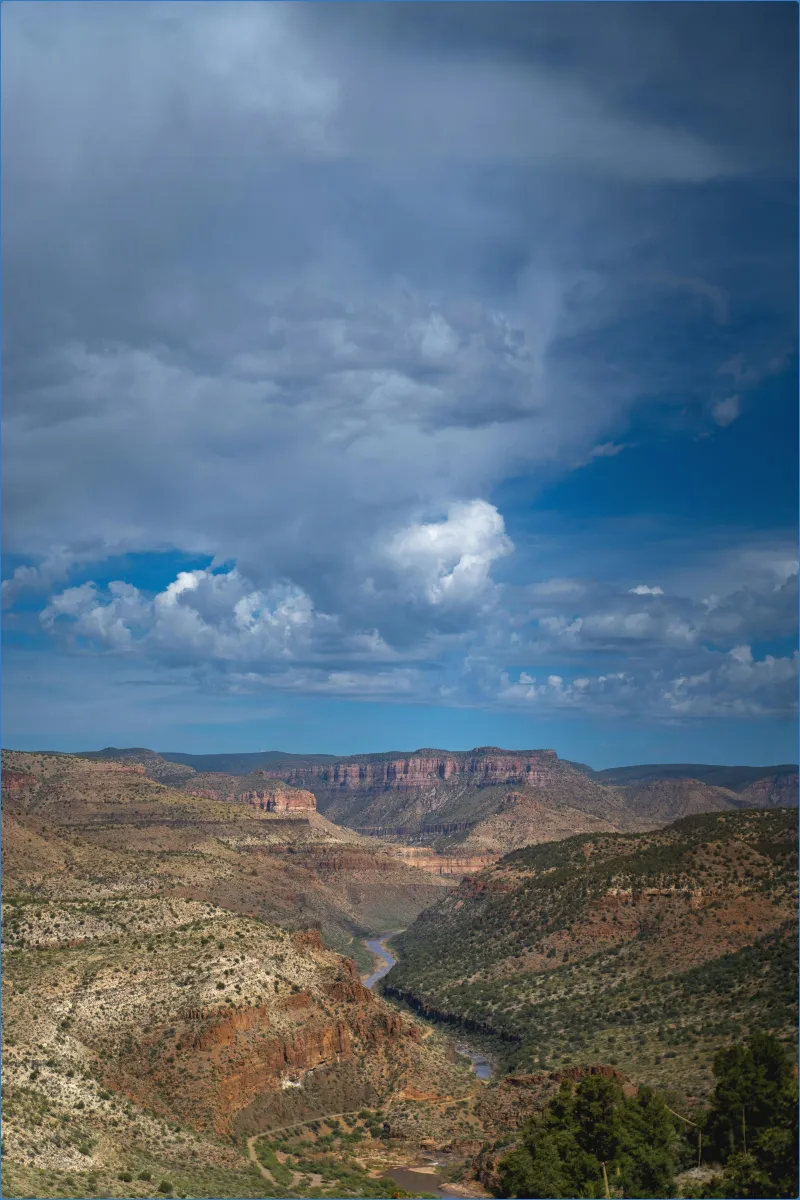
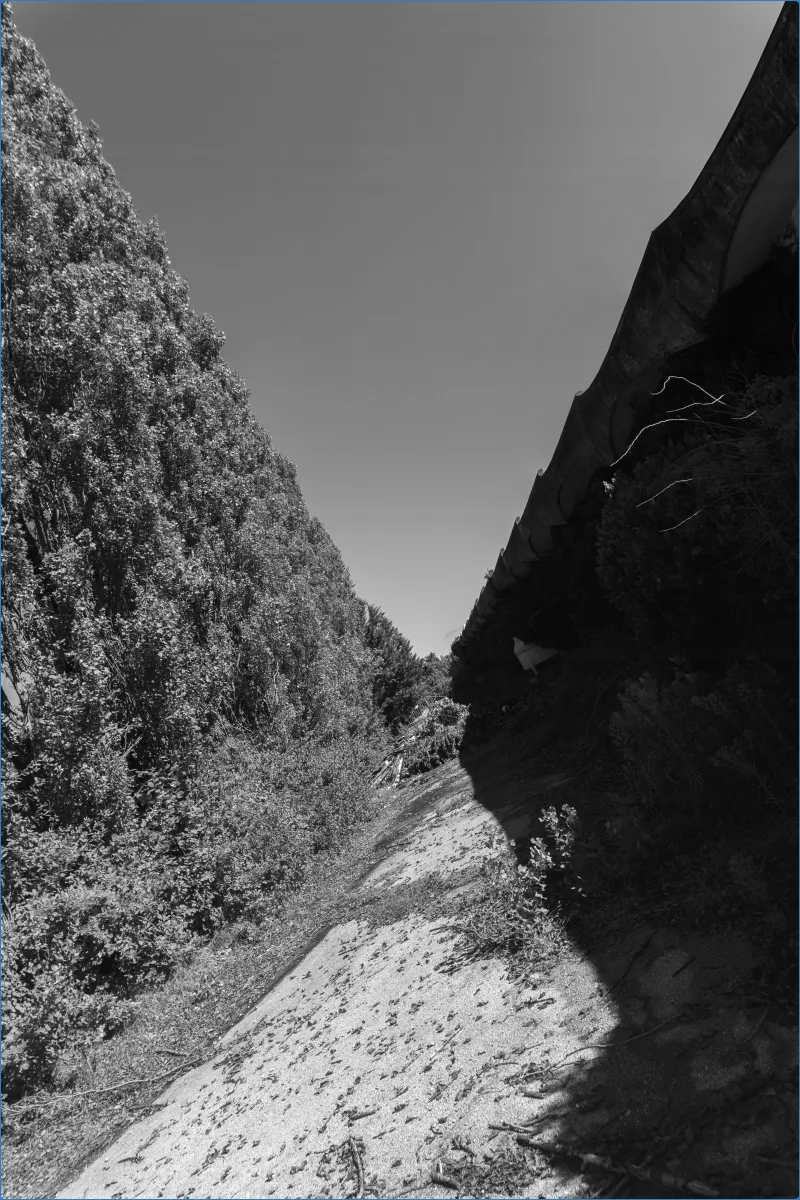
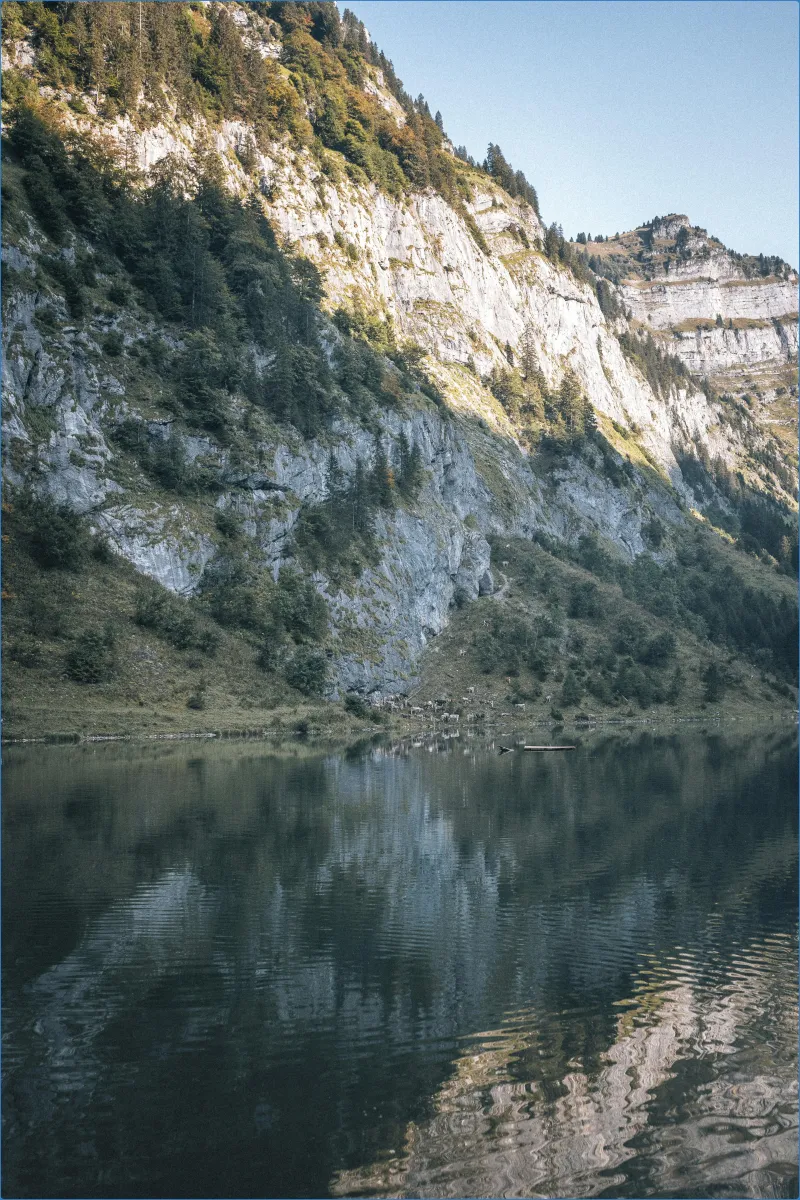
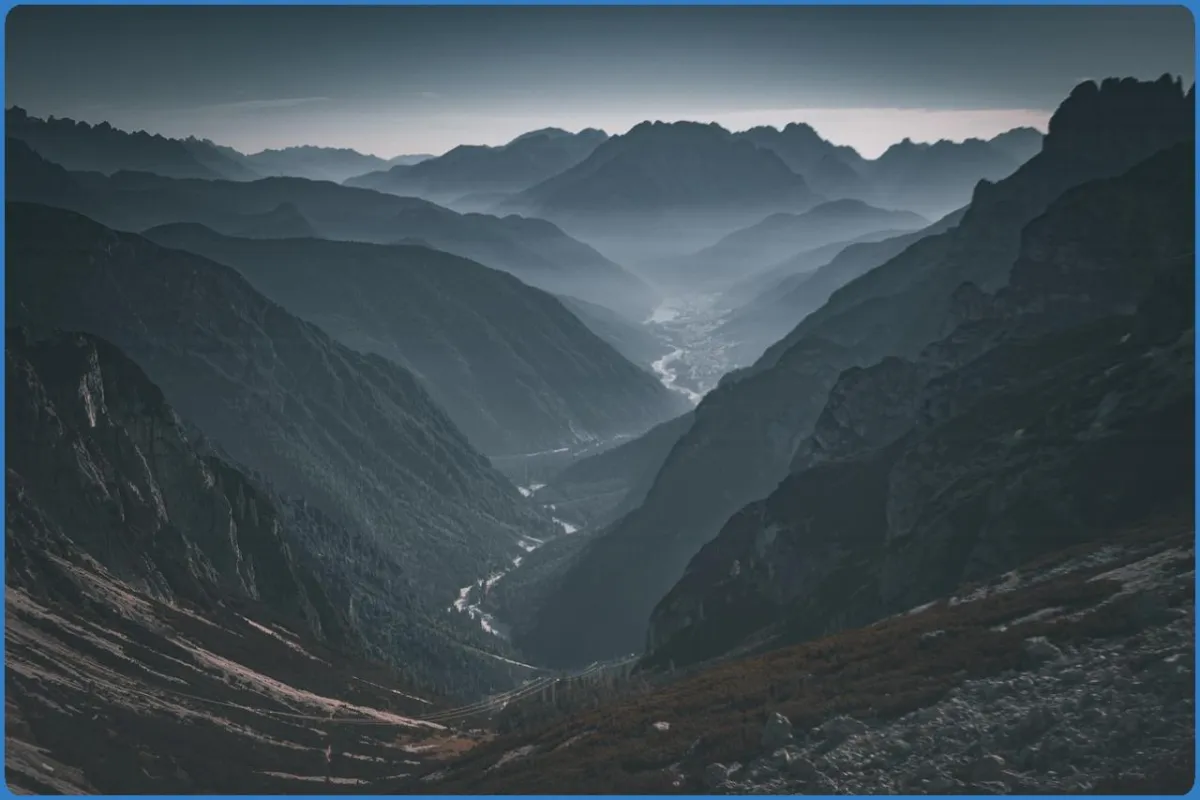
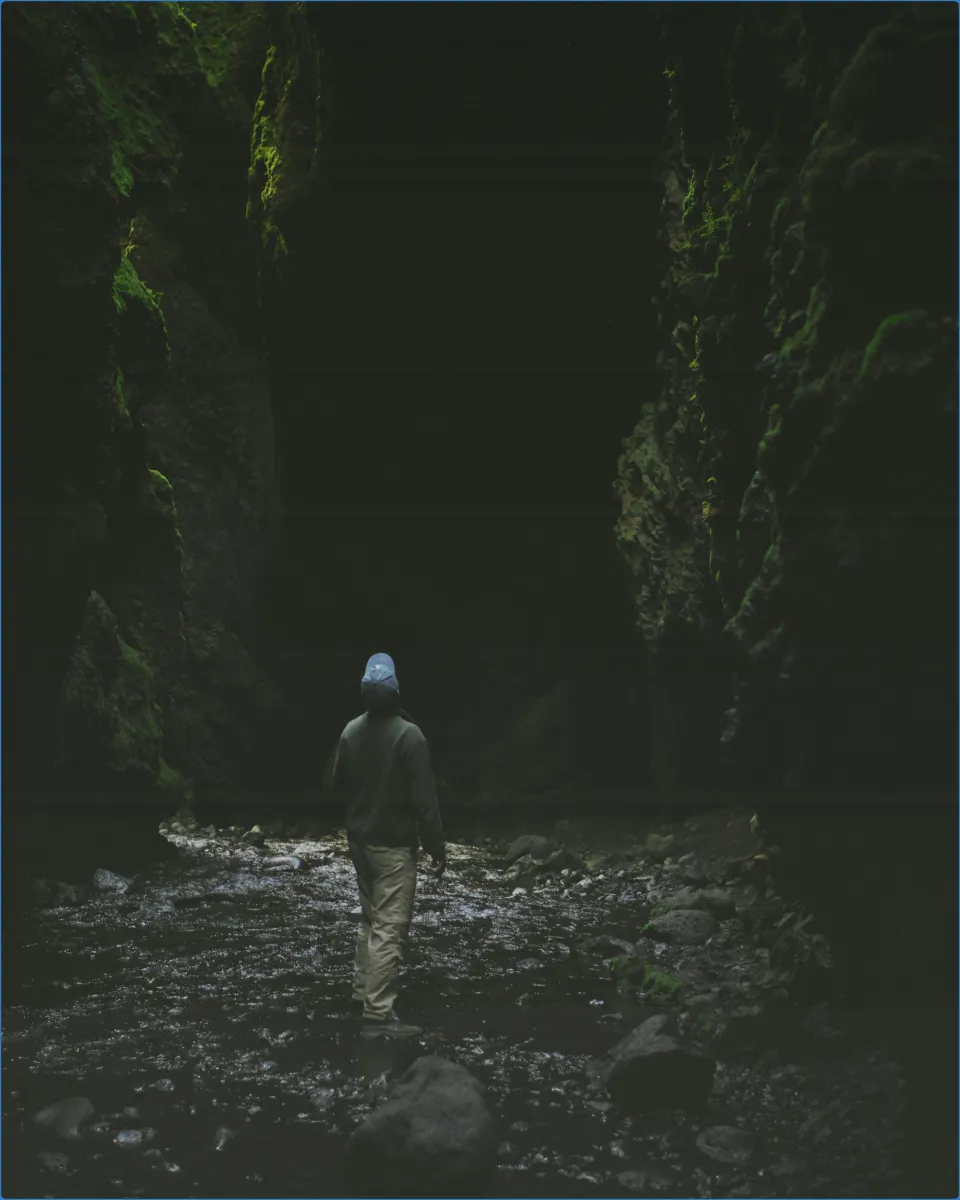

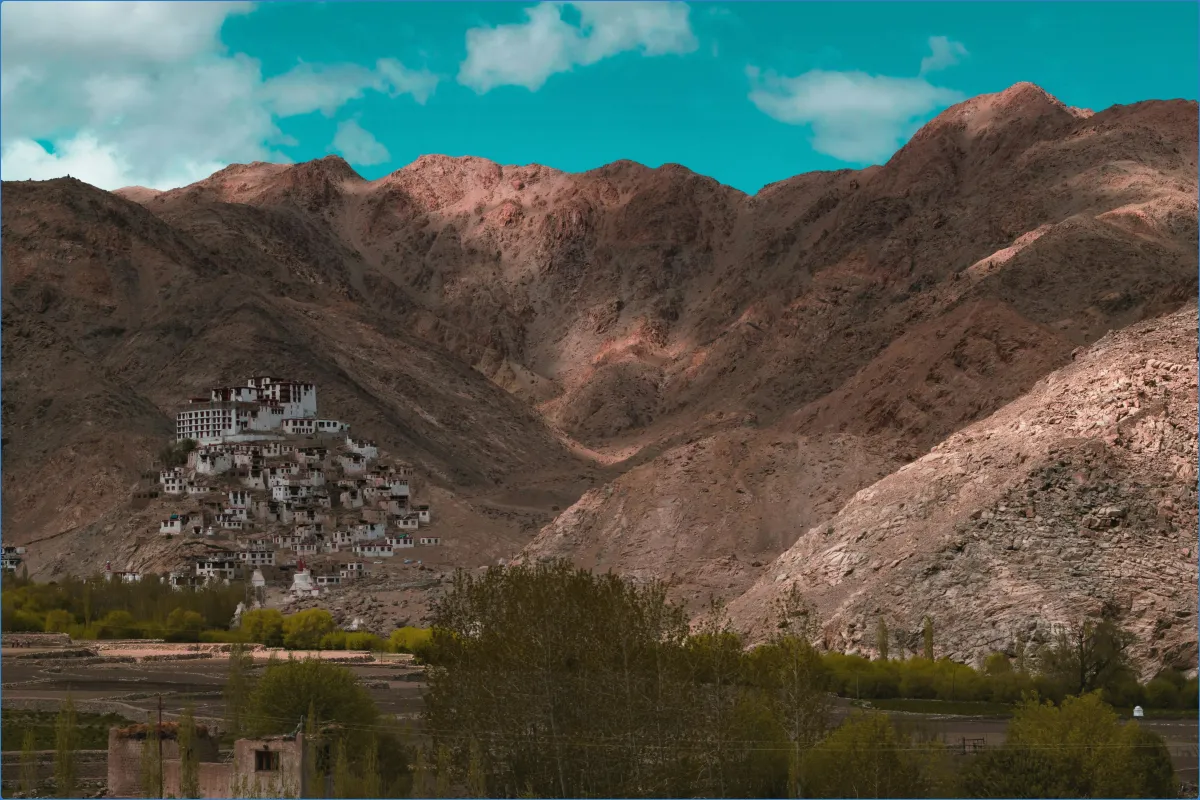
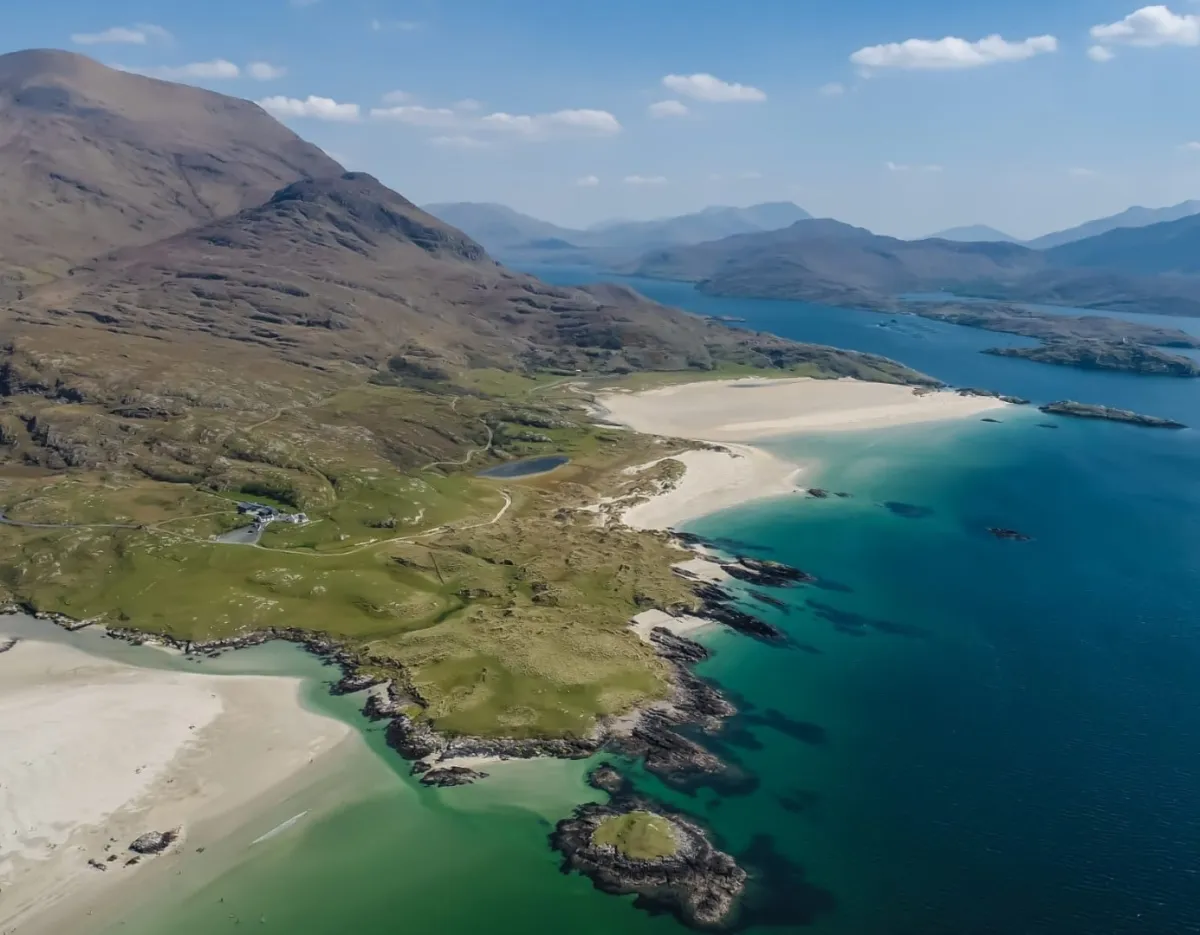
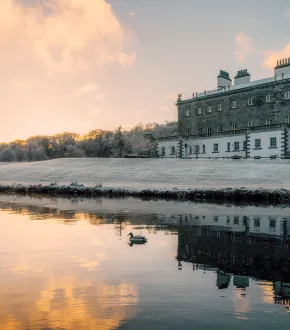
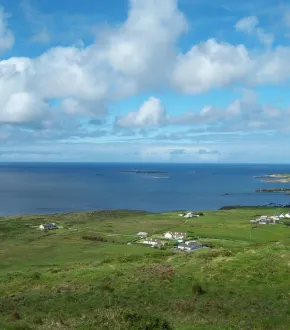
Comments